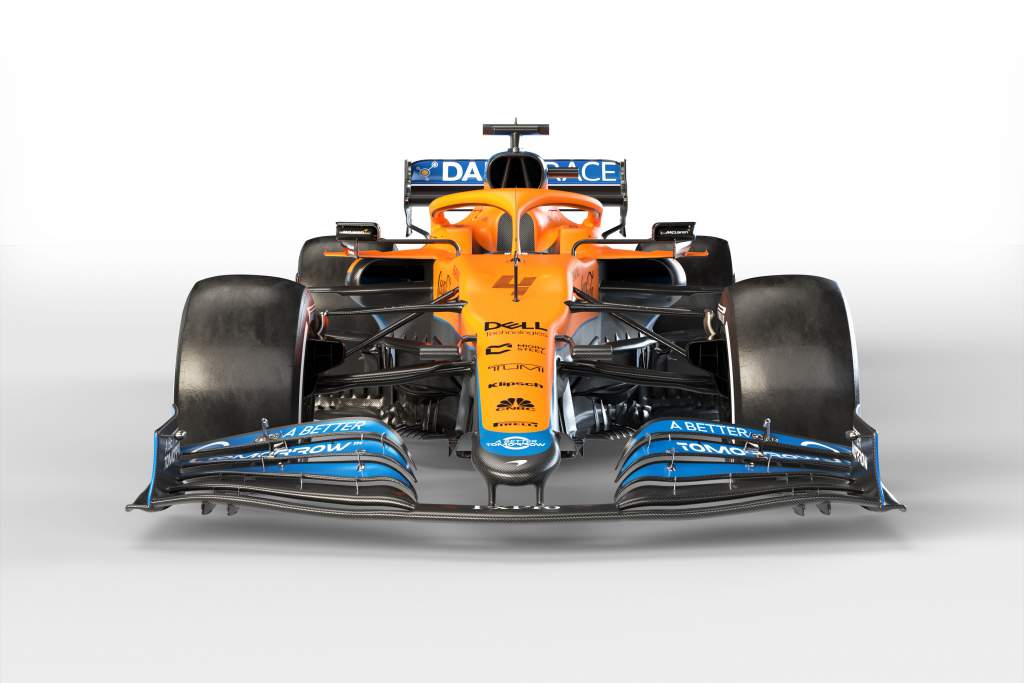Up Next

McLaren kicked off Formula 1 2021’s launch season on Monday evening with the reveal of its new Mercedes-powered car, the MCL35M.
The lengthy launch event featured very little of the car itself and when it did emerge, it looked an awful lot like its predecessor – but that didn’t stop people across our stories and social media channels asking questions about the new design and McLaren’s prospects.
Here, our Formula 1 journalists Scott Mitchell, Edd Straw and Mark Hughes, and technical expert Gary Anderson, answer some of the best questions about the first new car of 2021.
What are the most dramatic changes to the car at the rear end given the new engine?
@AutoTradition
SM: Visually, not much. It’s all a bit tighter and neater. You can see the air intake is a different shape at the rollhoop and some of the profiling is different but it’s really quite similar to last year.
But the real change is under the surface. The rear of the chassis has to change with a new engine, battery and gearbox elements for packaging purposes. The electrical system is completely different, the cooling system as well, so the architecture of the car is quite different.
McLaren was only allowed to change what was absolutely necessary though, with other homologated components kept the same. Technical director James Key admitted that “probably led to a slightly suboptimal approach compared to what you do if you’re completely free, but I don’t think it was that much of a compromise”.
How do you guys think the narrow rear end of this challenger, from the pictures, will affect its cooling? New engine, new cooling requirements. It took Racing Point a couple years to get down to the same sleek engine cover as Mercedes.
@libra_thegemini
ES: The way the rear end has been designed will reflect the cooling requirements and the packaging of the power unit, so it’s effectively ‘shrink-wrapped’.
Given the power unit is a known quantity, McLaren is unlikely to have got its calculations wrong on this so it should be on the money.
In Racing Point’s case, it was a more budget-constrained team at the time so perhaps that played a part in it not having the same efficiency of cooling solutions available.
We won’t get a clear comparison until we see the Mercedes for the first time on March 2 but from what we’ve seen of the car so far, it seems similar in proportions to what we saw with the 2020 Mercedes.
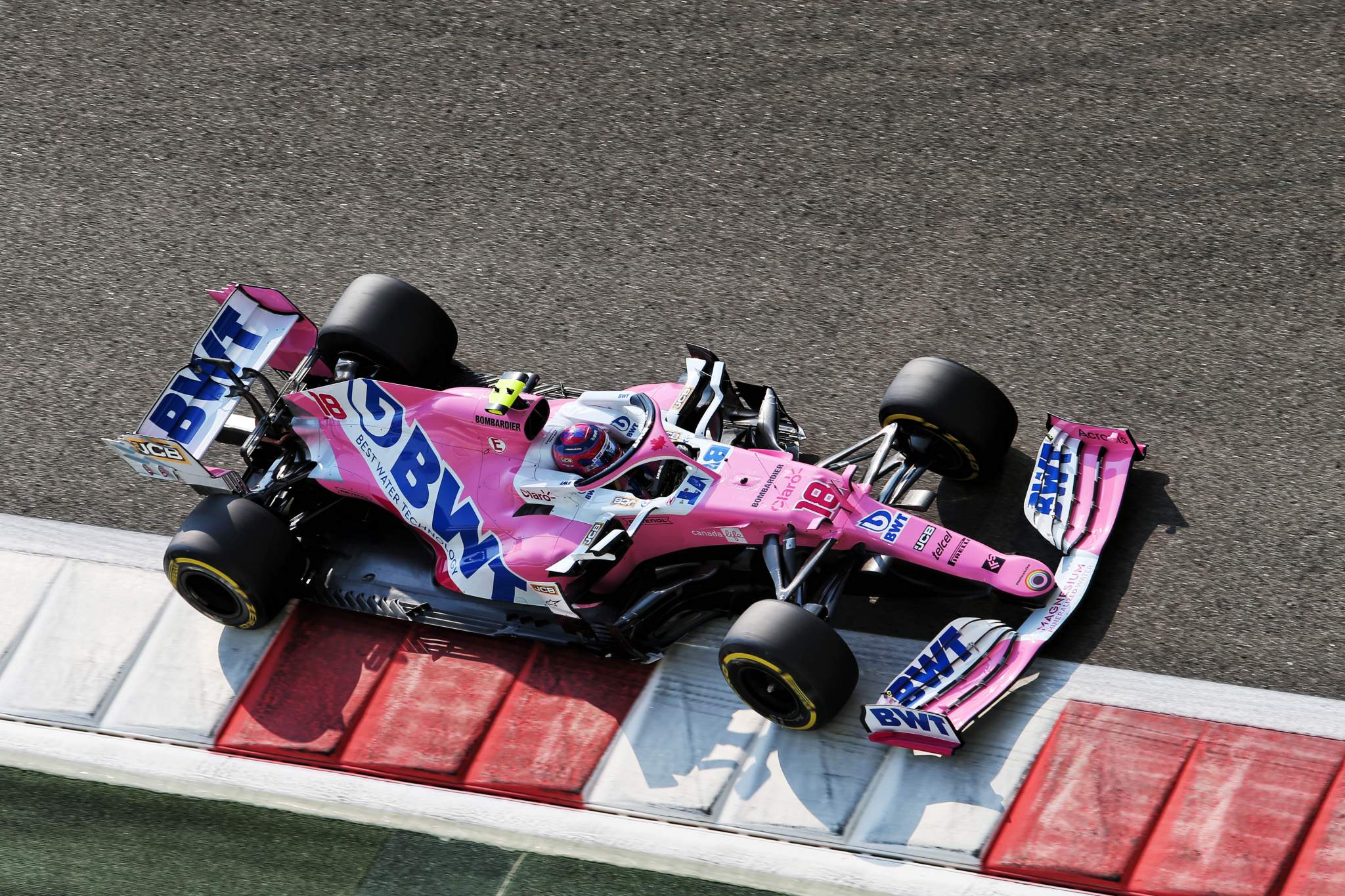
Where’s the rear diffuser?
Mark McArdle
MPH: They hid it! It will be different to last year’s because of the very different flow around the narrower regulation floor so McLaren were keeping rivals from seeing it for as long as possible.
SM: There’s a rear three-quarter photo where if you zoom in you can see that it’s obstructed. All part of the launch fun and games.
There are a quartet of aero changes for this season and the cutting at the rear of the floor plus shortening the fences on the diffuser are both among them, so we need to wait a little longer to see if anyone’s pushed that rule particularly far.
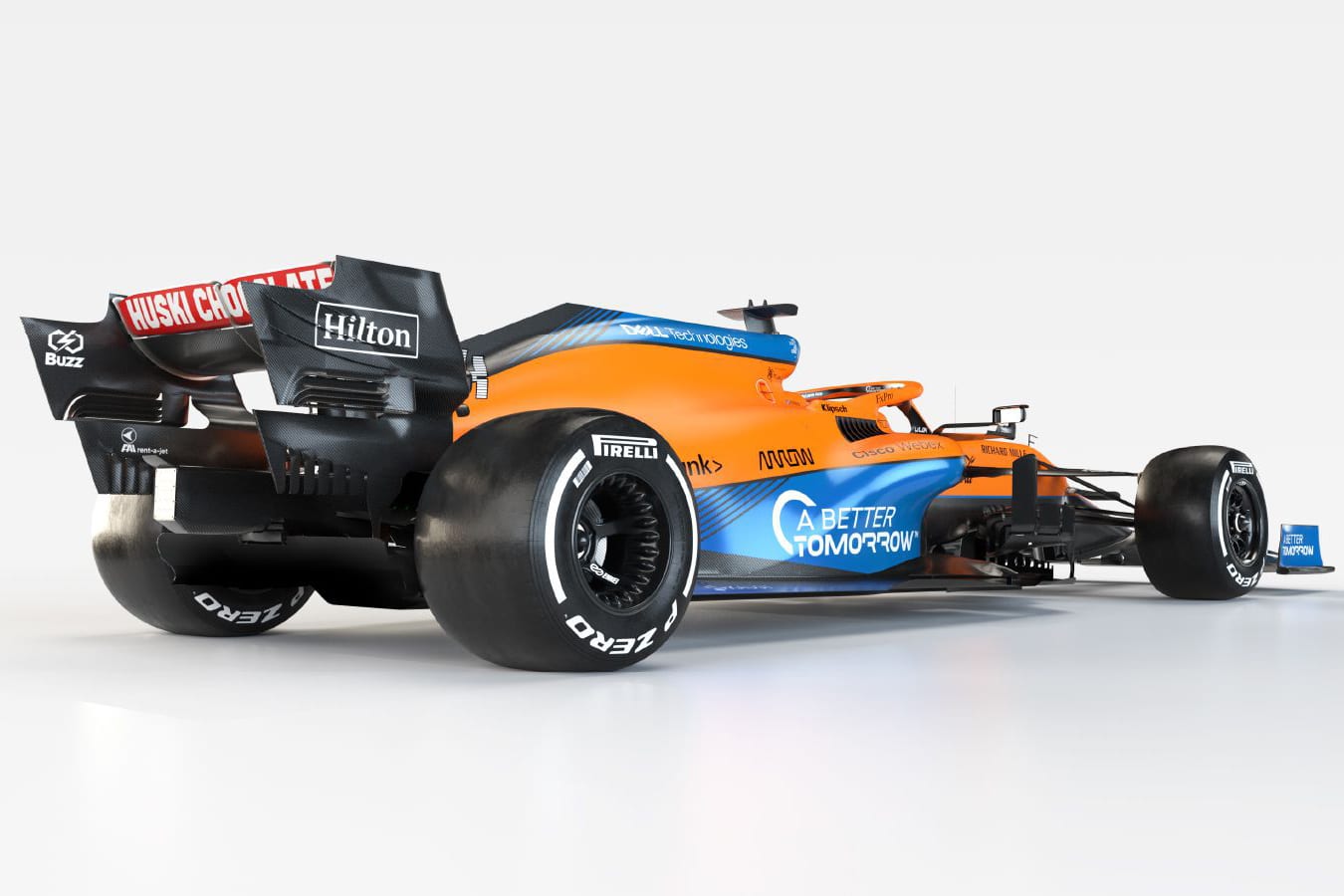
Why is there no Mercedes logo to be seen? Nowhere. I find that odd. McLaren was also a Renault customer and there were logos.
Timothy
SM: This question cropped up all over the place! It seems to be simply down to the requirement of a Mercedes engine deal versus a Renault one.
Racing Point and Williams didn’t run with Mercedes branding on their cars last season, for example, while McLaren simply had the Renault name at the back of the engine cover.
I suppose it’s just an indicator of how the manufacturers do business. Customer branding’s really not the be-all and end-all: look at how Renault gave up its name so Red Bull could claim it was powered by a watch a few years ago.
All it really shows for McLaren and Mercedes is this once great, part-Mercedes-owned alliance is now nothing more than ‘another customer deal’.

I hope they won’t follow Williams’ steps with Mercedes engine
Alex Poenaru
MPH: McLaren was already much faster than Williams even with an inferior engine – by around 1.1s per lap on average last year. It’s at a much more advanced stage in its recovery than Williams.
Not very exciting from McLaren. I think they kept the same profiles but are banking on the extra Mercedes power pushing them up the grid
Leeson Govender
MPH: The key aero changes are around the effect of the narrower floor and adapting that around the revised engine installation. The front of the car is as introduced in Mugello (below) last year.
Normally we’d only be seeing that new slim nose for the first time now – but if the nose was being changed for ‘21 without costing tokens it had to be done before the end of last September. Hence we saw the ‘21 nose early.
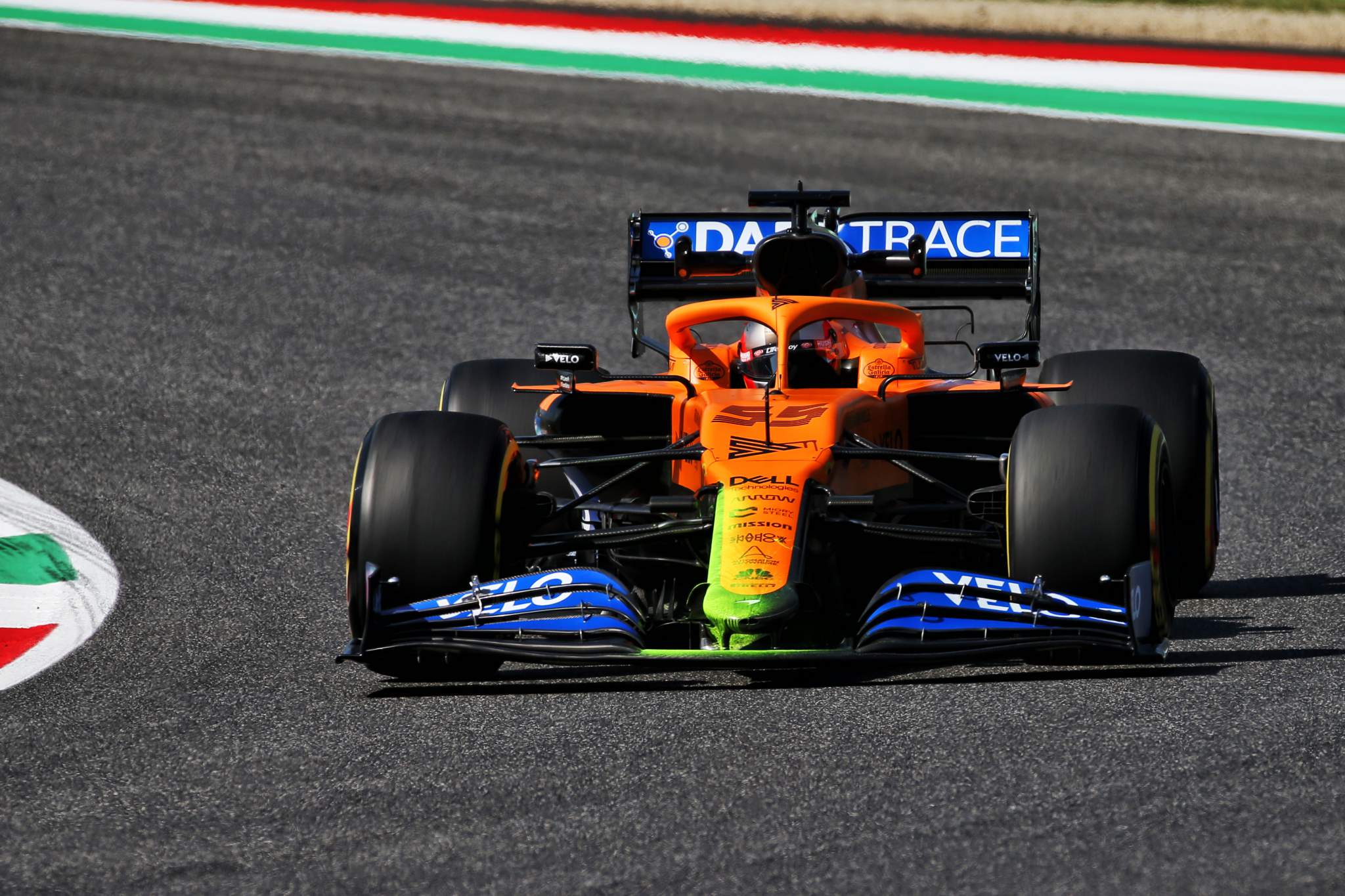
Maybe the strongest chassis/engine combination he’s [Ricciardo] ever had in F1?
Scott Chegg @neilio82
ES: It would be a surprise if that was the case this year in terms of relative performance, but a pleasant one!
Ricciardo had race-winning equipment in four of his five seasons with Red Bull and it’s difficult to see McLaren winning a race without having a big slice of fortune.
But if we extend that question to the three years he’s set to spend with the team, it’s very possible we could be talking about that in the future. Hopefully, because he’s a classy driver who deserves more wins and a shot at the title.
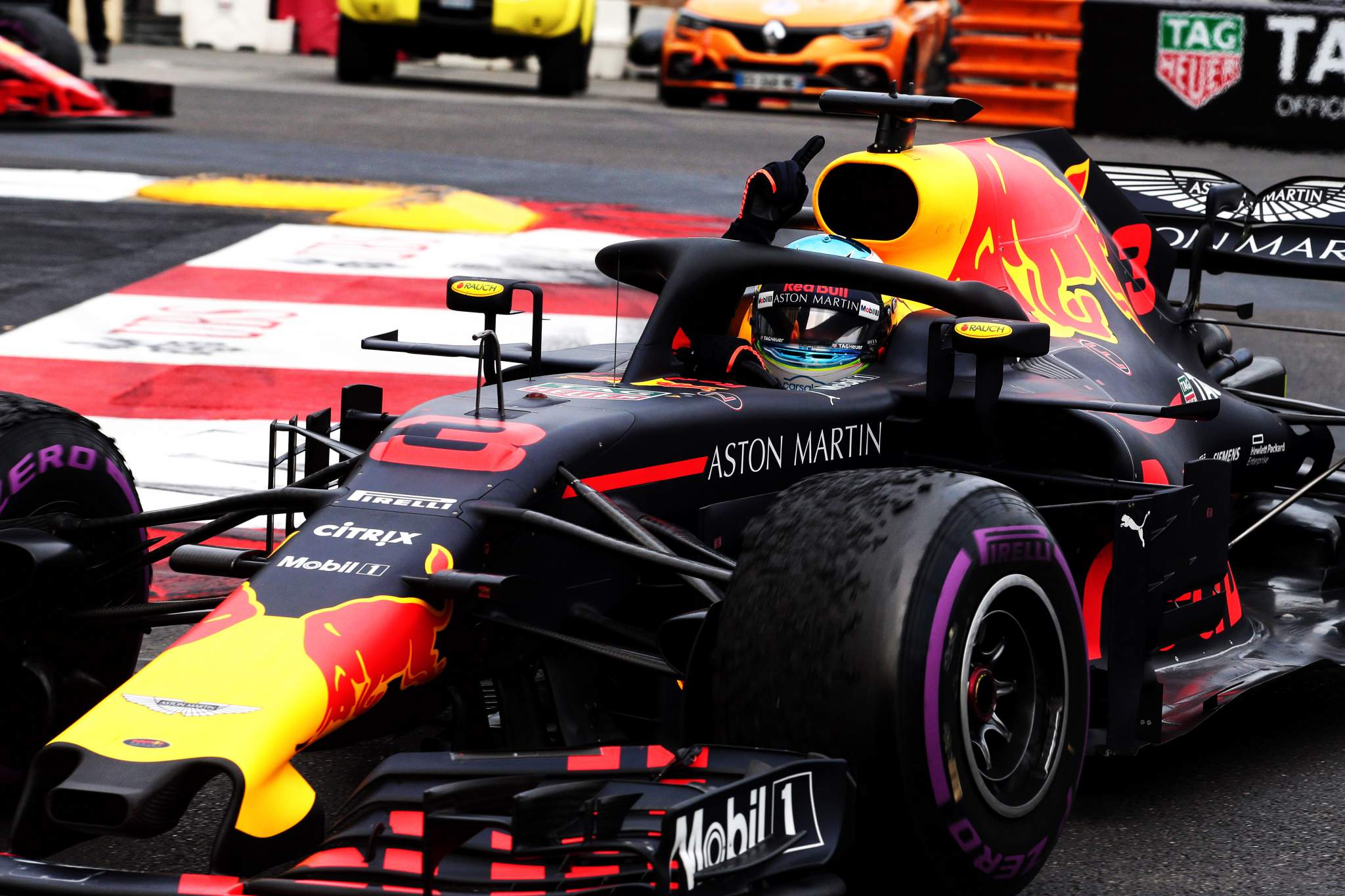
Will it still have scenario 7?
Cactus Jack @TG37401
SM: McLaren made a reference to Scenario 7 in the build-up to its launch, claiming it was approaching faster than Lando using that particular engine mode. For those who don’t know, it’s what Norris used when he grabbed his last-gasp podium in the Austrian Grand Prix: that was the name for Renault’s highest power mode.
So, no more Renault, no more Scenario 7. Except it had already passed into history last year with the technical directive that outlawed engine mode changes in the race – so Scenario 7 couldn’t be used as it would’ve needed to be the qualifying AND race engine mode, which was not sustainable.
Mercedes’ engine will have a different kind of magic ‘go fast Lando’ button though. You’ll have heard Lewis Hamilton and Valtteri Bottas told to go to “HPP Position 2” or “HPP Position 3”, which is their equivalent.
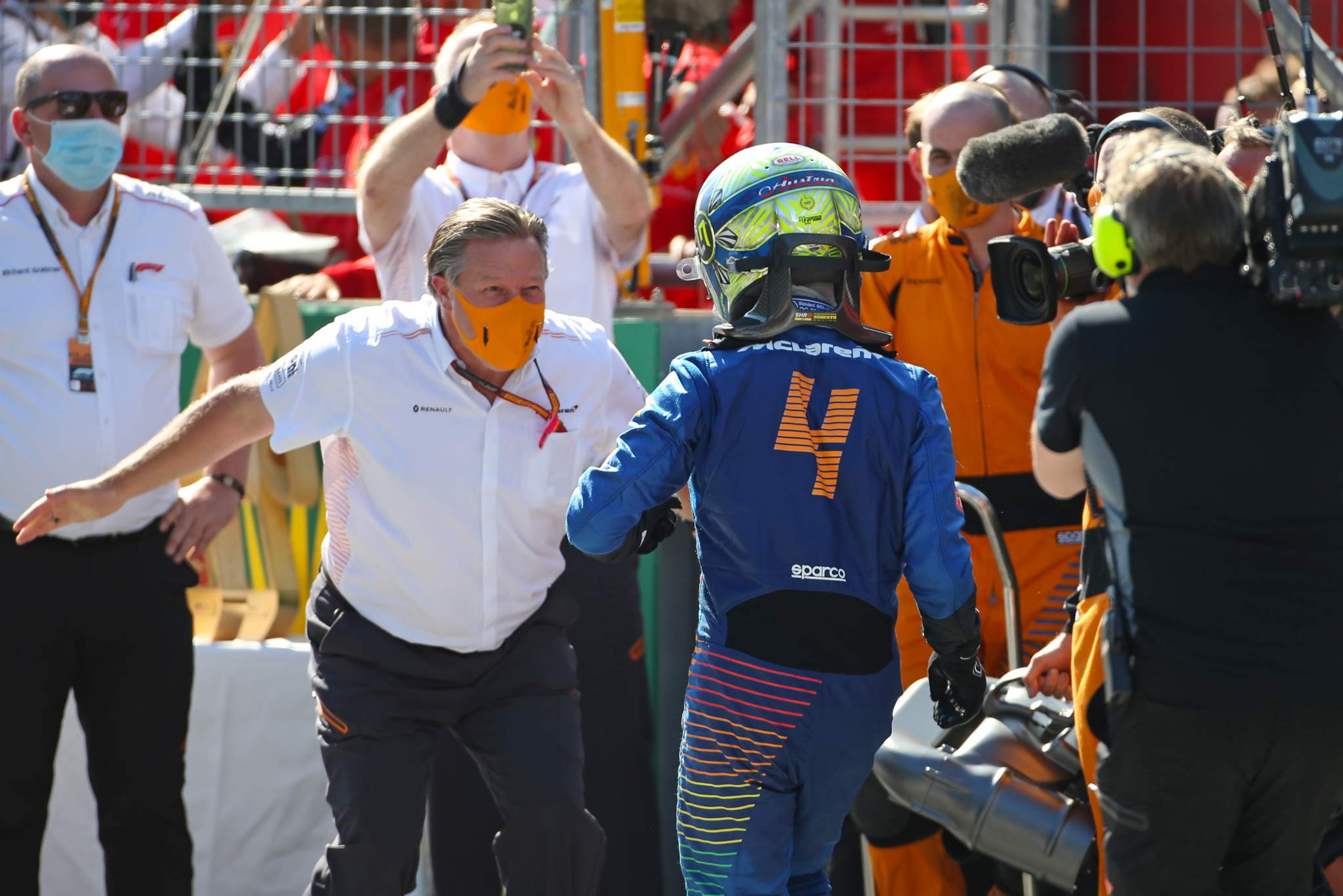
The biggest topic is obviously the windtunnel, which will still take around two years until we can actually see the first benefits, which is crucial on the development side of the racecar. And until then, we simply have limitations. I wonder what makes that timeline quite long. Does it take time using it to get the best correlation?
James
ES: The main thing is that building a windtunnel is a significant construction project. Add to that the fact that it fell around a year behind schedule thanks to repercussions of the COVID-19 pandemic and it’s created a significant delay.
It’s a serious facility that must also be constructed very precisely to ensure it produces accurate data. Then once it’s online you have to ensure it’s set up correctly and verify that it is doing what it is meant to do, then you’ll have a period where you transition from your current windtunnel.
As Gary Anderson explained in our AlphaTauri piece, that’s not a straightforward task – and although McLaren isn’t changing model size, as in the AlphaTauri example, it will take time to get to know the windtunnel. Then when it comes to feeling the benefits on track, it’s important to factor in the lag in the system.
The days of trying something in the windtunnel today and testing a prototype version on track immediately are long gone so it’s all part of a lengthy process. So what McLaren is talking about with that timeline is that this is the first time that a car will have a substantial contribution based on work done in that windtunnel.
What effect will the delay in the build of the new windtunnel have on McLaren’s WCC prospects? Will it set them back a lot or not so much?
Cassandra
MPH: The windtunnel it is using (Toyota in Cologne) is one of the key bits of resource that Andreas Seidl cites as being behind the current best technology and hence why McLaren is pressing on with creating its own.
Heavy investment has recently been made in updating the CFD but it will be a couple of years at least before McLaren’s simulation tools will be at the cutting edge – i.e. comparable with Mercedes, Ferrari and Red Bull.
Given what Red Bull are doing, in future will McLaren explore the possibility creating their own engines? I would be very interested to know what input (if any) McLaren will have in the new engine regulations.
Tom Turrell-Croft
ES: McLaren will certainly explore all options, but it’s in a very different position to Red Bull. While Red Bull effectively has as much money as it wants to spend to throw at its F1 team, McLaren doesn’t have ownership willing to pour in endless cash so it would be a big ask to undertake such a project.
Doubtless, what McLaren will really want is a manufacturer partner. While the Honda deal went wrong for the team, it wasn’t the wrong idea. Ideally you do need to be the main works team for a manufacturer with all the advantages that gives. So first choice I’m sure will be to attract a manufacturer for the next-generation engine regulations, willing to invest heavily in the project.
But switching to Mercedes was a very good strategic decision driven by Andreas Seidl and, provided Brixworth continues to produce market-leading machinery, we shouldn’t underestimate how strong a package that can create even if the factory team will always have the advantage of full control of its own destiny design-wise.
Doesn’t everyone launch with “generic” aero and save details for first test or even first practice? Can’t see why anyone would reveal aero secrets at launch.
Fred Daniell @FredDaniell
GA: It’s certainly not unusual and as we saw from the McLaren, it had the old nose and front wing on. A lot of these aero parts are bolt-on parts and especially when it comes to the new floor regulations, it’s no surprise to see a very basic version of the new floor because nobody wants to give things away.
With some of these aerodynamic parts, I can understand that. But overall, it is disappointing how little we saw from McLaren. The launch is all about the team – so the car and drivers – and there’s a chance there to give something to the very enthusiastic fans who just want to see the car and understand a little more.
Your job is safe, @Drake. 😅
For now… #SendIt pic.twitter.com/RgRrLFQKpx
— McLaren (@McLarenF1) February 15, 2021
Did we really need to see Daniel Ricciardo playing the tambourine?
If you look at the Mercedes engine installation, they talked about how big the changes were but what’s the use of that if you can’t see any of it?
There’s a great chance to really get the viewers at home engaged and interested with launches, and we know that the technical side interests people so why not give them a bit more to go on? You can show more without givingaway any big secrets and the teams need to remember what it is that keeps F1 going, which is the fan interest.

